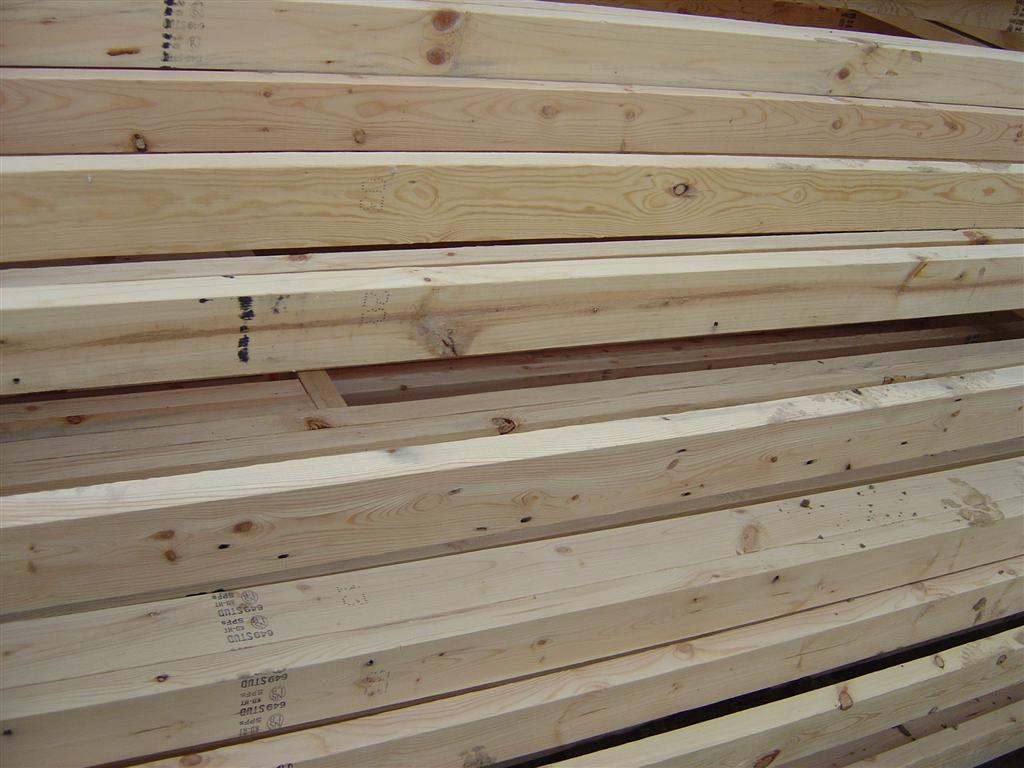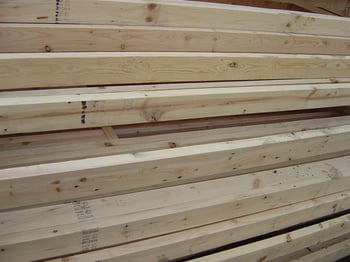
In the first installment of this two-part series, we will examine the looming issue on the horizon that is unavoidable: a sizeable lumber shortage that will need to be addressed if the US housing market is to continue its slow, steady recovery. This supply gap is being driven by the cumulative effects of a number of market forces at work, which we will examine in greater detail in the second installment.
As the forest products industries on both sides of the border continue to adapt to the new US tariffs on Canadian lumber imports, a number of dynamics that could significantly impact the US housing market will be at play in the coming months and years. Despite the resiliency this sector has demonstrated since bottoming in 2009, a lumber supply gap is staring the housing industry in the face, and it must be addressed if the market is going to continue any kind of sustainable recovery.
The Near Past
US housing starts in 2016 totaled 1.17 million units—a nearly 5 percent increase over 2015—making it the strongest year since 2007. To hit that number in 2016, the US housing market consumed approximately 50 billion board feet (BBF) of lumber and of that total, US-produced lumber accounted for roughly 33 BBF while imported lumber—primarily from Canada—accounted for the remaining 17 BBF.
US lumber consumption was up roughly 10 percent from 2015 to 2016, yet US production only increased by 3.4 percent while Canadian production was up 6 percent. Based on these numbers, it is evident that Canada moved a lot of lumber across the border in 2016.
The Near Future
For 2018, Forest2Market is forecasting a fairly conservative 1.3 million housing starts (+4.2 percent relative to 2017). Projected lumber demand in 2018 will reach 51.6 BBF and Canadian imports will likely be substantially lower in the coming months than they were in 2016, which will create a shortage in the market. If Canadian imports make up just 25 percent of demand in 2018 (roughly 13 BBF), the US (and/or other suppliers) will need to make up the difference of roughly 39 BBF. 
This equates to a gap of roughly 6 BBF based on 2016 data. This gap represents an 18 percent increase over 2016’s total production, and is 12 percent of the forecasted total demand for 2018. Where will this additional supply come from? Who will fill the majority of the gap, and how will it affect prices?
- One region that most likely will not help to close the gap is the US Pacific Northwest (PNW). There is currently little room for PNW producers to increase production and grow, as the West is largely timber-constrained. In Oregon, for instance, nearly 2/3 of the forests are publicly-owned, and there is little reason to believe the political and social climate that resulted in substantial harvest reductions in the 1990's will change anytime soon.
- Imports from BC to the US were up over 25 percent in 2016, and Canadian production for the year was up 6 percent—nearly double that of US producers. BC specifically showed a slight production increase, although it's only a matter of time until the region experiences some steep declines in production due to the lack of logs from the Mountain Pine Beetle-damaged forests. Even though Canadian government harvest license policy encourages forest production and employment, a substantial loss of forest inventory and the resulting decline in sustainable harvest levels will be a challenge.
- Currently, lumber imports to the US from the Baltic Rim and South America are limited. However, in the wake of a number of regional consolidations and restructuring efforts, many Scandinavian manufacturers continue to become more competitive globally. Prices have dropped since the tariff announcement in late April but, relatively speaking, US prices remain high compared to historical data. With continued strong demand and a short supply, this market scenario really opens the door for new international players, including producers in both Chile and Brazil. South American and Baltic Rim producers have a real opportunity to enter the US market more confidently in the coming months, especially if it is impacted by a reduction in Canadian imports.
- Southern yellow pine production in the US South has now far surpassed the Pacific Northwest (PNW) regional production. Canadian companies who now control about 1/3 of the southern softwood market have the capacity to ramp up production to take advantage of the relatively cheap and abundant pine sawlog supply in the US South. Based on southern yellow pine lumber capacity throughout the region, a bulk of the supply gap will likely be filled by sawmills in the US South in the near term.
While housing starts were up during the winter months (largely due to mild weather and “pulling forward” some of the spring building), lumber prices have fluctuated wildly since the beginning of the year, and they remain on the (historically) high side. With so much uncertainty affecting the current market, lackluster monthly housing starts for the interim are not surprising. But as more and more Millennials enter into homeownership and this market finally begins kick into high gear, the inevitable lumber shortage will have to be closed to ignite any kind of sustainable growth.
In the next installment, we will examine the dynamics surrounding this coming lumber gap.





